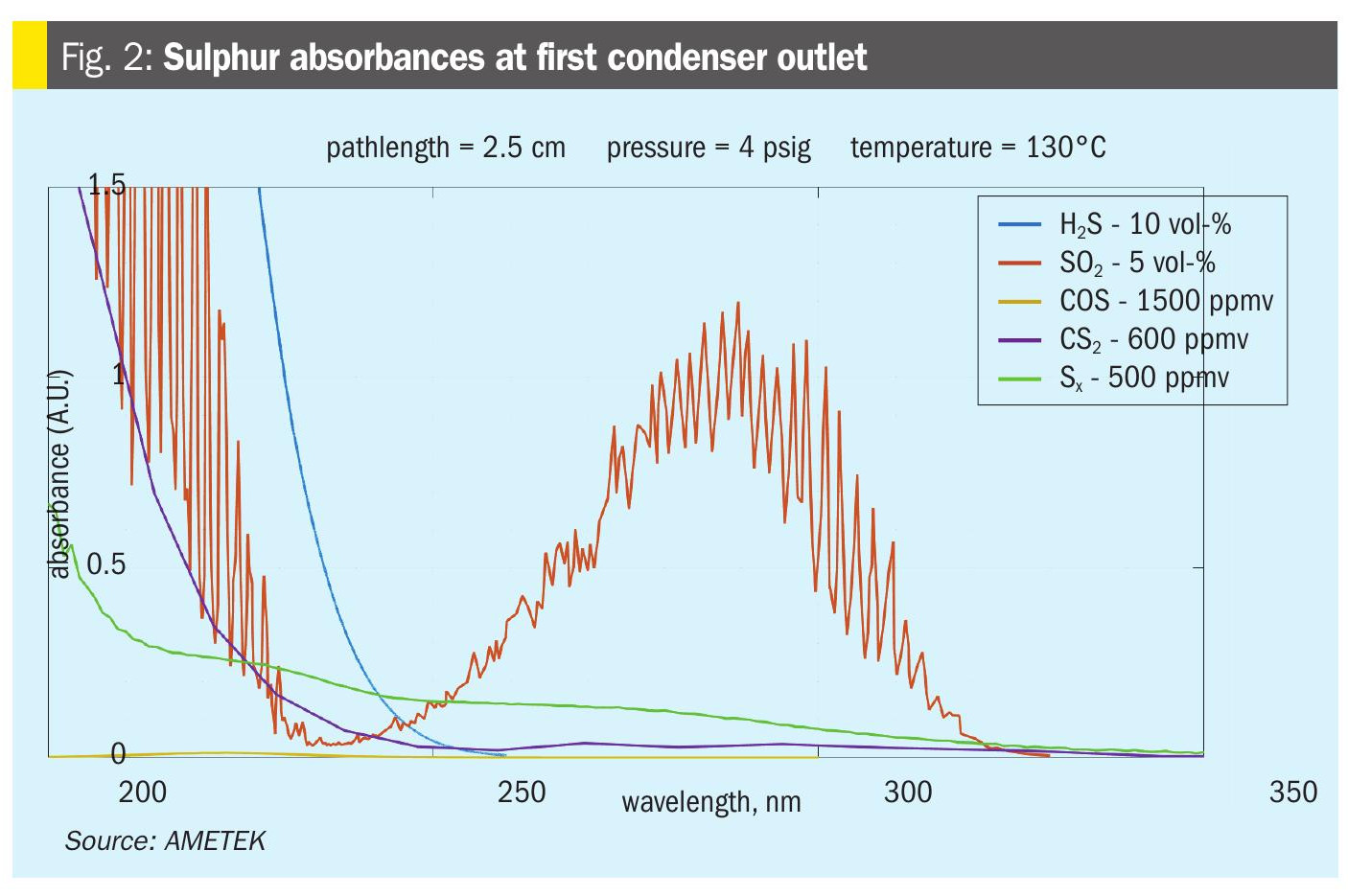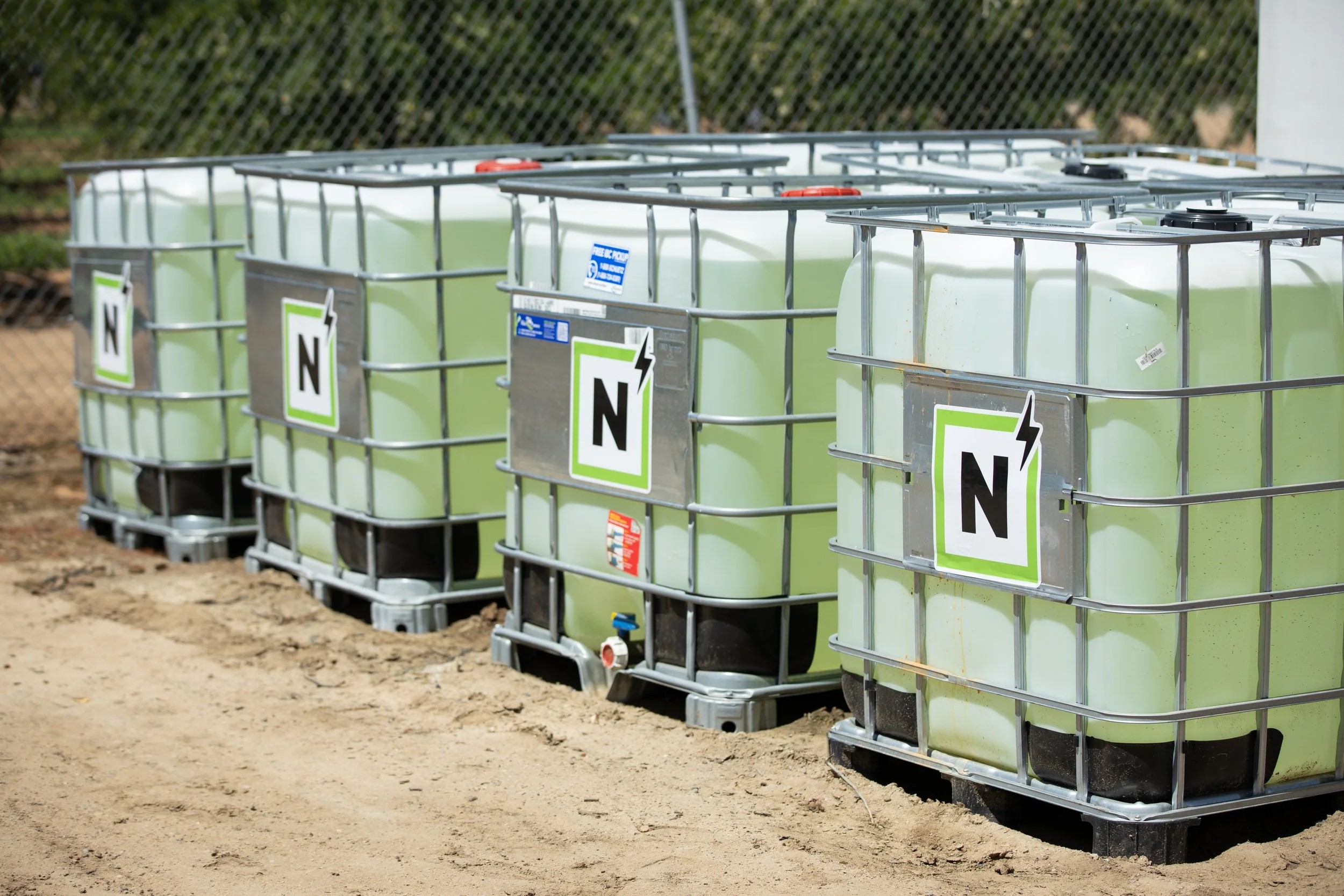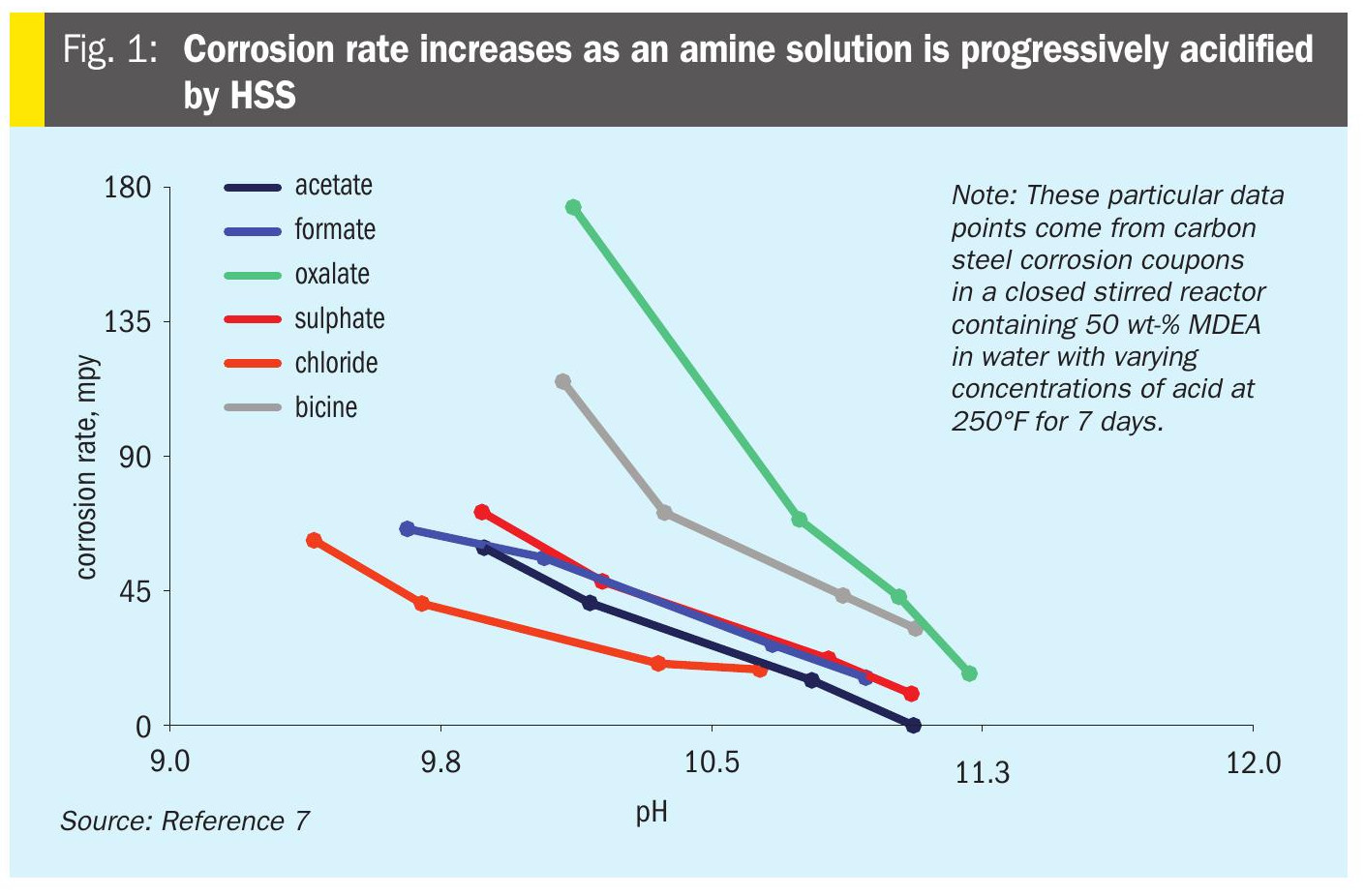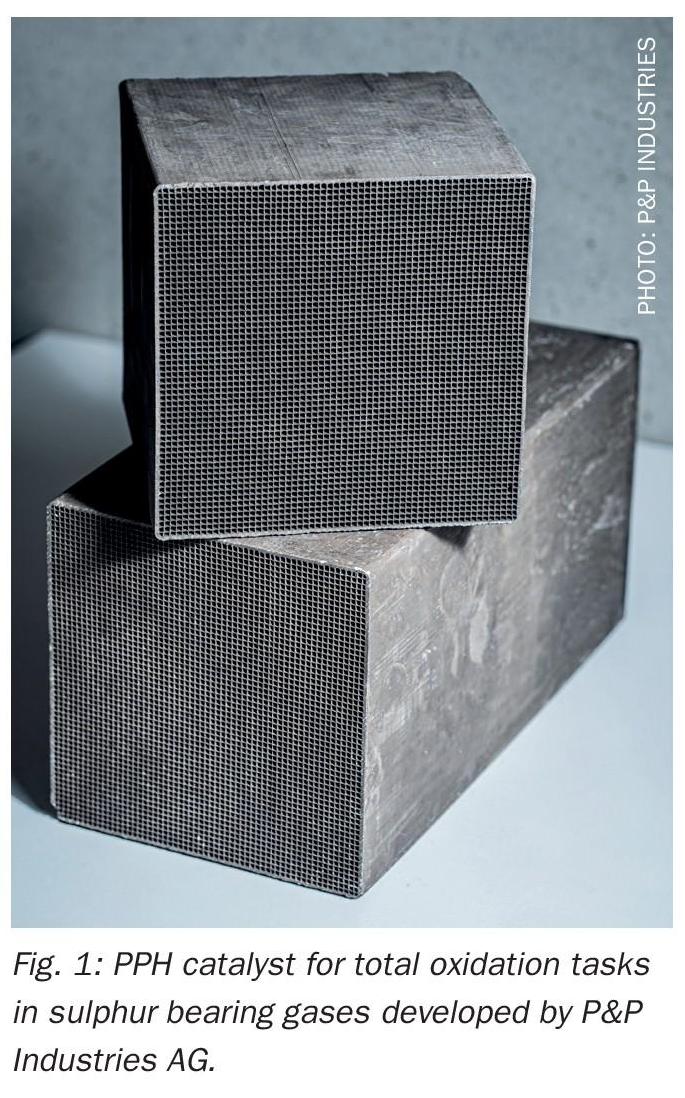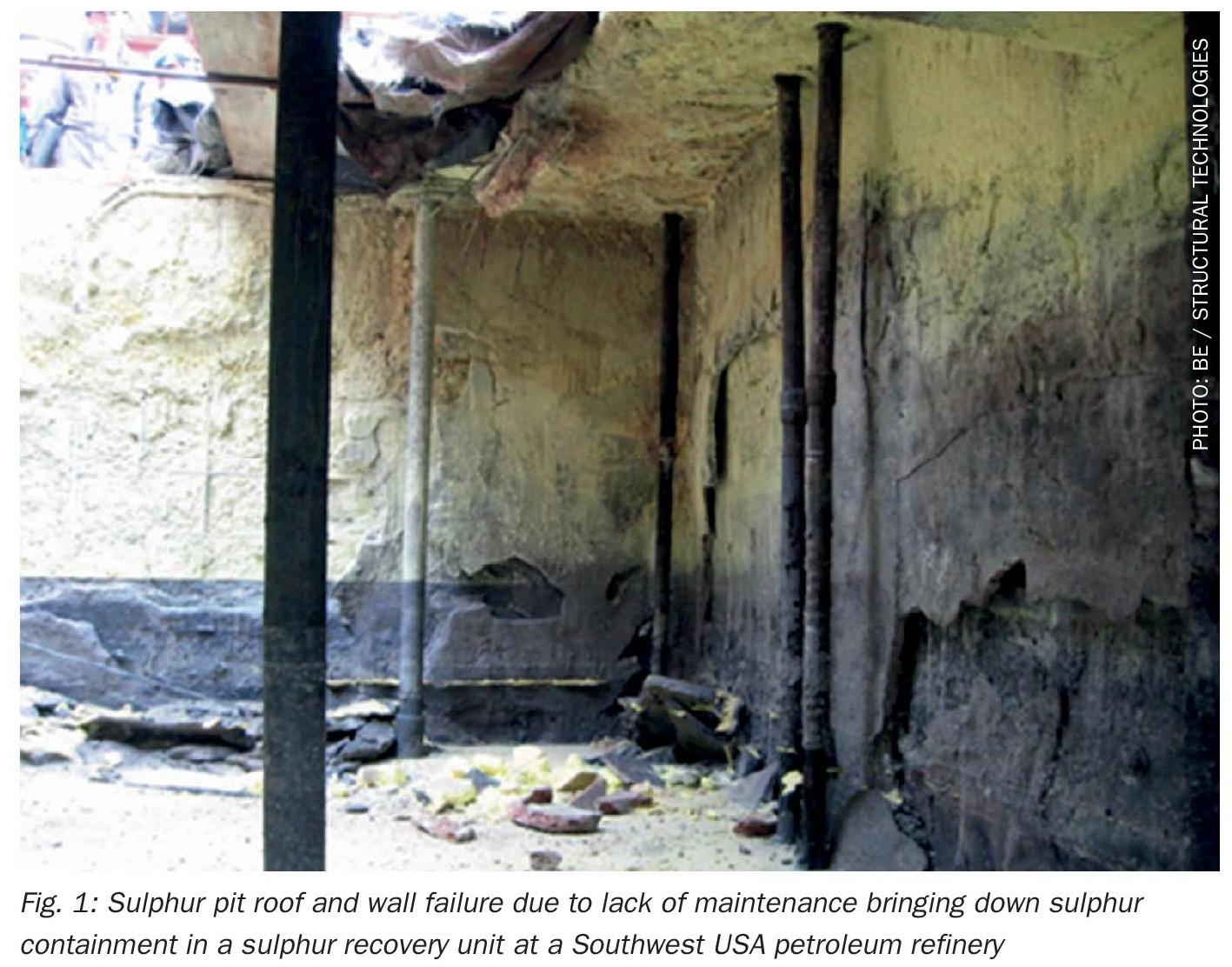Nitrogen+Syngas 333 Jan-Feb 2015
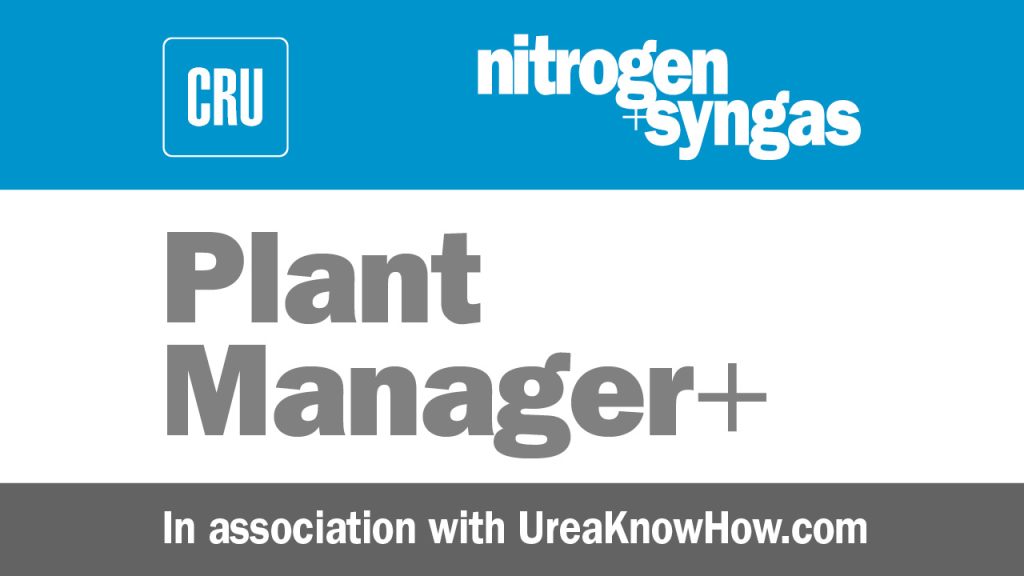
28 February 2015
Problem No. 28: How to avoid hot prills in the prill tower bottom
Hot prills can easily cause caking because heat transfer and moisture transfer take place due to the temperature difference between the hot prills and the other prills. Caking is the process of building crystal bridges between the urea particles. Caking leads to lump formation and consequently dust formation when these lumps are crushed. This all leads to poor product quality and customer complaints, but how can hot prills be avoided? A Round Table discussion about an incident during the cleaning of a scraper (see Plant Manager+ Problem No. 27) triggered a subsequent discussion on how to avoid hot prills; hot prills obviously cause more fouling of a scraper.

Mr Mark Brouwer of UreaKnowHow.com in the Netherlands starts the Round Table discussion: The incident: During 2010 overhaul activity employees were in the prilling tower for cleaning the lumps on the scraper’s arms. A steel structure with a wooden platform on top was used for safety of the employees. A big lump fell down on steel structure breaking the wooden platform. The shoulder of one employee was crashed without major injuries.
Mr Kiritkumar Patel of IFFCO in India shares his experiences: We are operating a 1,650 t/d urea plant of Stamicarbon design. The prill tower floor is equipped with a rotating scraper unit to collect and drop urea prills onto the bottom conveyor through a slit in the floor aligned to the conveyor. We observe that the urea prills get deposited on the top of the rotating arms of the scraper resulting in the need to stop the prilling unit. During summer the temperature of the urea prill is higher (approximately 105 to 110°C) than during winter (95°C depending on ambient conditions). We have to break the lumps deposited on the scraper arms at least once a week or three times in a fortnight. The frequency increases during the monsoon. Is there any solution to avoid this urea deposition on the rotating arms? How can we prevent this problem?
Mr Abdul Raouf of FFC in Pakistan contributes to the discussion: In my opinion your prill temperature at the prill tower bottom (I assume you mean this temperature) is very high and needs to be reduced to at least around 75°C maximum in the hot humid season. We are operating a 1,925 t/d Saipem plant (currently operating around 2,300 t/d) and experience the same problem. In the hot humid season, we use a prill bucket with a smaller average prill size and the cleaning frequency of the scraper arms is around once every two months. The prill temperature at the prill tower bottom is about 70-75°C while maintaining maximum possible draft through the prill tower (limit is acceptable moisture content in product). The ambient temperature here is around 45-48°C maximum and humidity about 80-85% maximum.
Mr Majid Mohammadian of OCI, The Netherlands also shares his experiences: I have the following figures from one of our plants which does not have any problems with the scraper arms:
- Prill bucket speed: 235 rpm
- Product humidity: 0.27% as average
- Maximum ambient temperature: 50°C
- Prill average size: 94% between 1-2.4 mm
- Plant capacity: 1,500 t/d.
Please let me have the above data in your plants.
Kiritkumar replies: In our plant, we have the following parameters:
- Prill bucket speed: 188 rpm
- Product humidity: 0.4% average
- Max ambient temperature: 46°C
- Prill average size: 1 to 2.4 mm: 95 %; Less than 1 mm 2 % average
- Plant capacity: 1,650 t/d
Note, we have a prill cooling system (fluidised bed cooler) downstream of the prill tower conveyor which reduces the product temperature from 110°C to 60°C.
Mr Salman Islam Shahzad of Dawood Hercules Chemicals, Ltd replies: In Dawood Hercules Chemicals Ltd, we are also facing this problem but its intensity is not as severe as indicated by you. The temperature of the prills can be reduced by producing proper draft in the prill tower (we have a natural draft prill tower). Reducing the prill size by increasing the bucket speed will also reduce the prill temperature because a high prill temperature will force the prill to absorb moisture even at low humidity. Try to reduce it below 70°C. Repeated bucket overflow due to blockage will also cause urea build-up on the scraper arms.
Majid provides more informaion: I fully agree with Salman and think that it is better to reduce the prill tower bottom temperature as much as possible (less than 70°C).
In our plant, the prill tower bottom temperature is normally around 65 to 70°C. We then reduce the temperature to 40-50°C for storage using a prill cooler. Maybe you can reduce the temperature by increasing the speed of the bucket?
Mr Easa Norozipour of Khorasan Petrochemical Company in Iran shares his experience: Urea build-up on the scraper arms is a normal phenomenon but not every week or every month, it occurs approximately once every six months and its cause is water and urea dust. To reduce the temperature of urea at the bottom of prill tower,
I suggest the following:
- Increase the bucket speed.
- Increase the air flow to the prill tower if there is induced fan and clean the fan blades every shift and change the blade angle in summer time.
- Decrease the urea melt temperature from the concentration unit as much as possible, target near 137°C.
- Check the urea melt jacket pipe steam pressure for controlling the urea melt temperature to the bucket.
- Clean the bucket holes.
To reduce the moisture content of the prills, I suggest:
- Increase the urea concentration vacuum system
- Put in service FES System to remove air humidity for the fluid bed cooler.
Mr Meer Salman Muddasar of ENGRO fertilizer in Pakistan replies: To control the prill temperature to avoid frequent cake build-up on scrapper arm, set a frequency for cleaning the top louvers of the prill tower. The draft should be well maintained. One can also install an online draft calculator at the prill tower bottom for natural draft prill towers.
Mr Ali Zama Khan of Kribhco Shyam Fertilizer Limited in India makes a suggestion: If the urea prill temperature increases, first the top louvers should be checked because the air path can be restricted due to deposition of dust on the top louvers.
Mr Pradeep Pednekar of RCF Ltd Thal in India joins the discussion:
We are operating a Saipem process urea plant with a 2,300 t/d load after a capacity enhancement of 1,725 t/d design load plant. Our frequency for washing the scraper floor is once every three months. The prill temperature is 60°C. The prill tower height is 90 m with a free-fall height of 65 m and a bucket speed 380-400 rpm. The ambient air temperature is max. 40°C. There is a weekly routine schedule for changeover of bucket and crown washing (fortnight) in spite of good prill quality to avoid overflow of bucket and to have quality product. The time required for scraper floor cleaning is five hours from prilling to prilling.
Mr Prem Baboo of NFL in India adds his valuable experience: Urea deposition on the scraper arms due to an overflowing prill bucket can be avoided by increasing the prill bucket speed. The temperature of the urea melt should be 136-137°C.
The bucket capacity is also an important factor: for 3,600 t/d TX 434 series is required having about 10500 holes of 1.1 mm diameter. If the temperature of the prills is higher than 55°C then the summer bucket is used. In our plant we are producing 3,500 t/d and with the bucket using TX 434 no problem is observed. If the bucket is choked scraper arm deposition is sometimes observed within 5-6 days due to the bucket overflowing. Our normal scraper cleaning frequency is 20-22 days.


